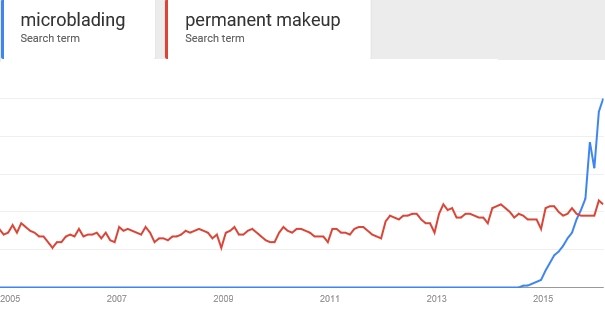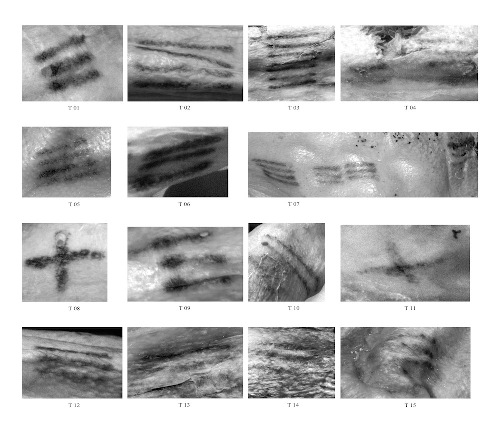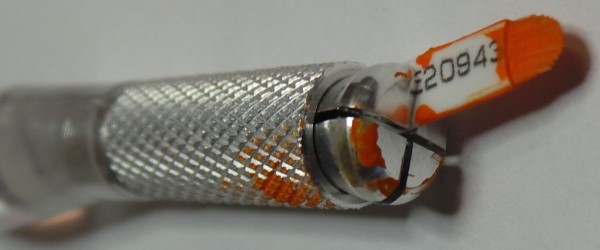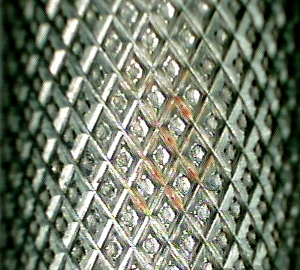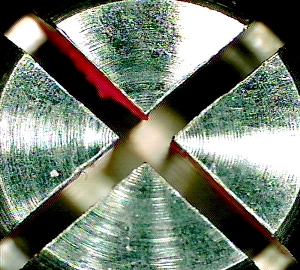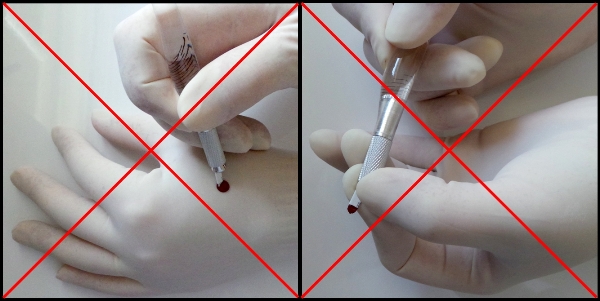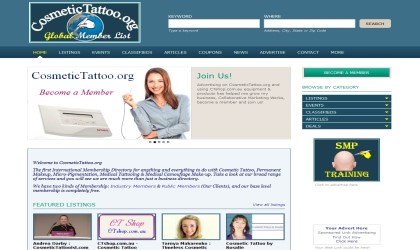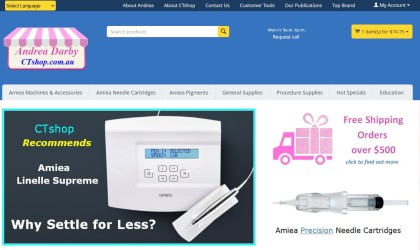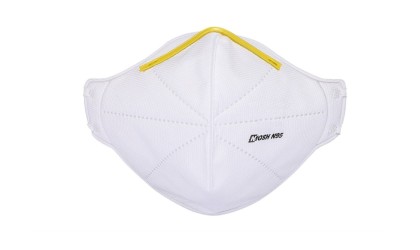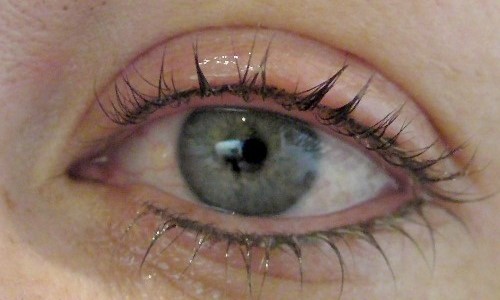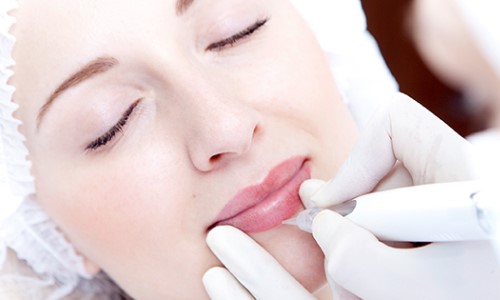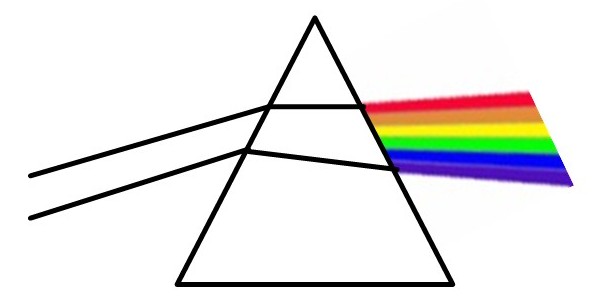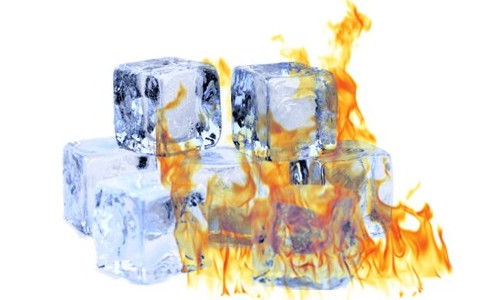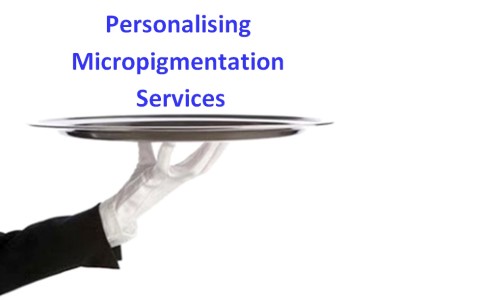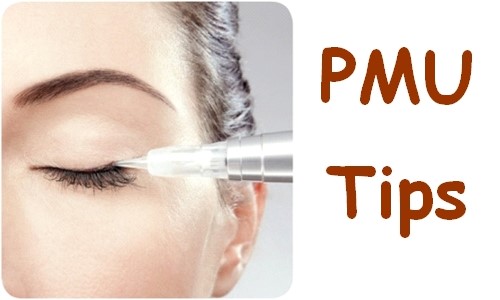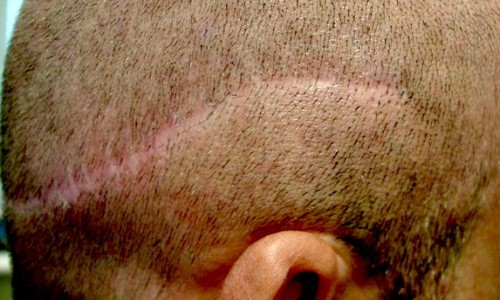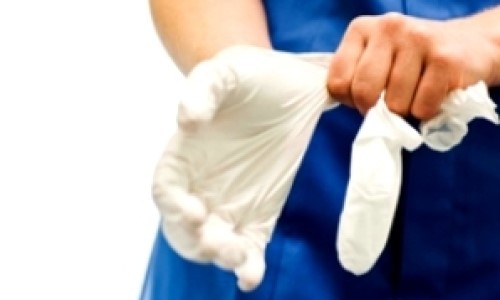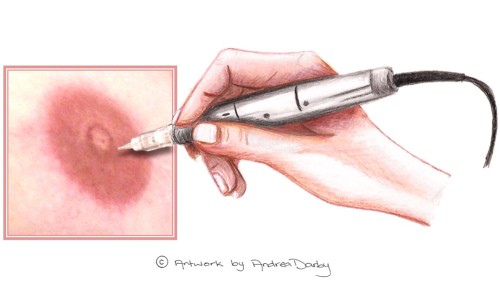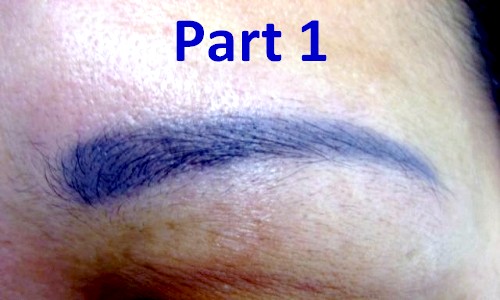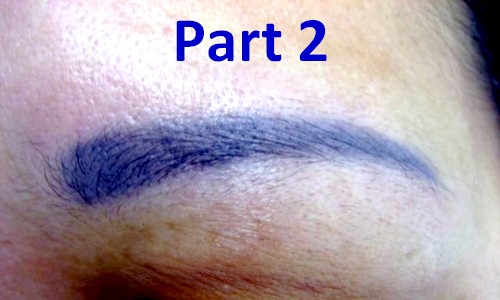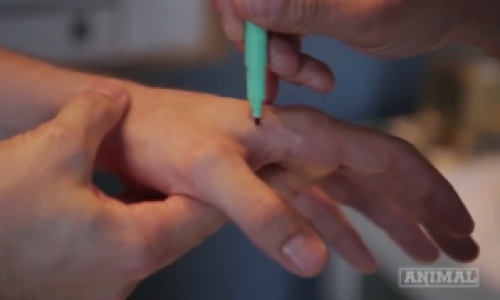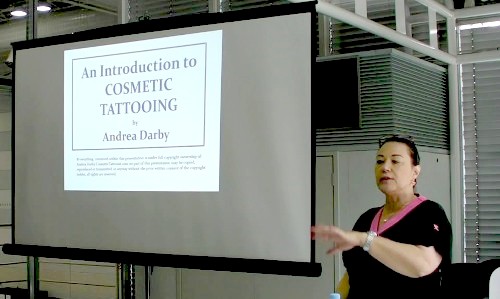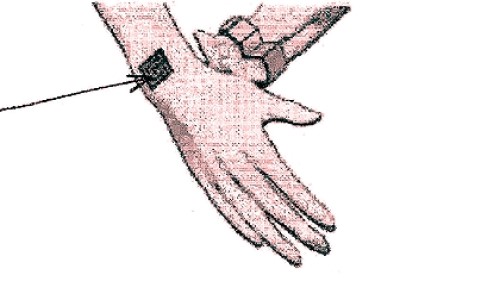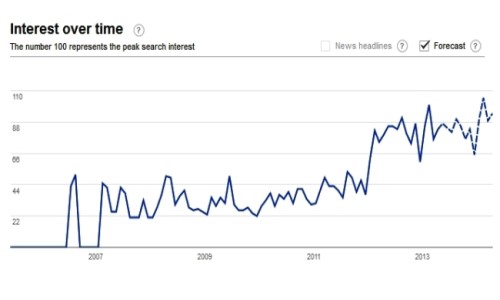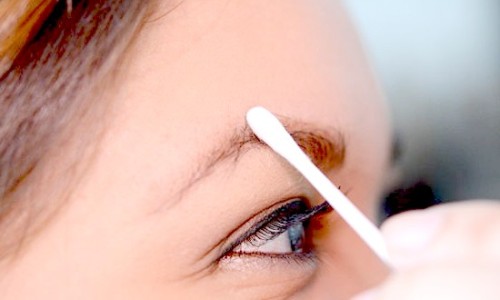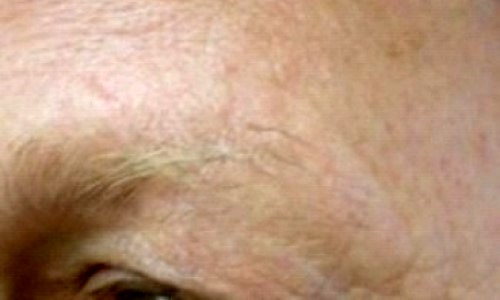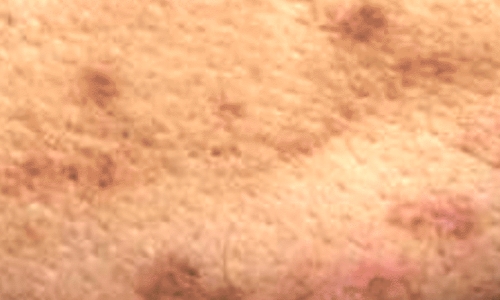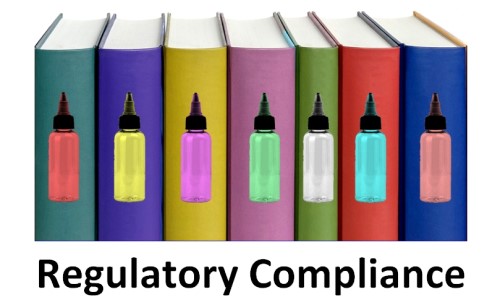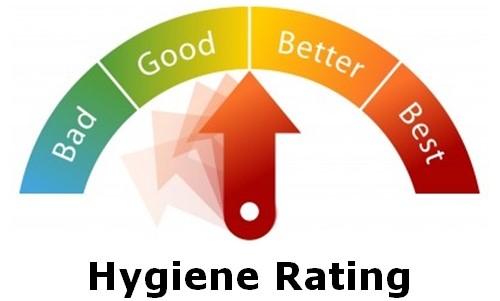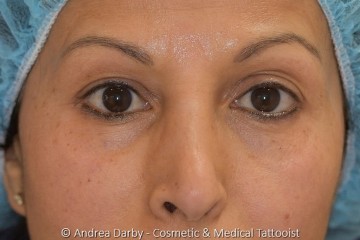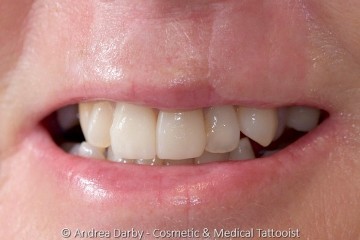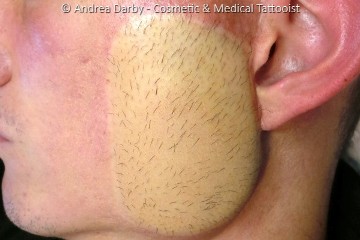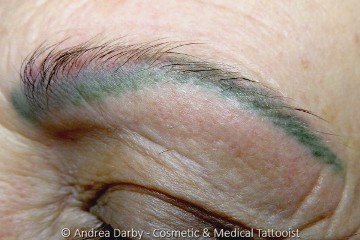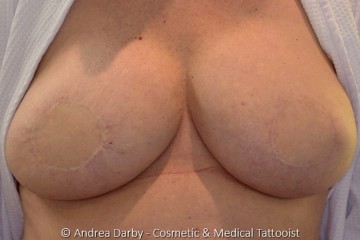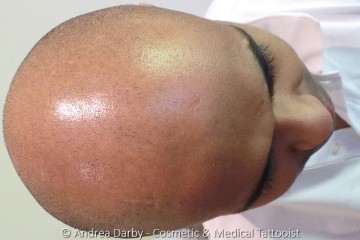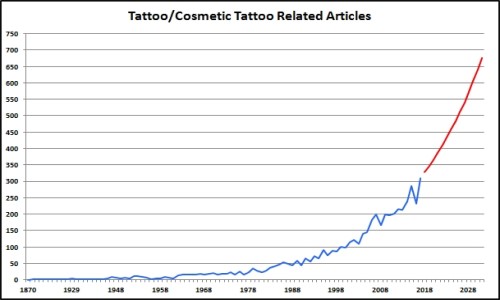Cart is empty
MicroBlading - First Things First
18/05/2016
by Andrea Darby - Master Medical Tattooist & Industry Educator
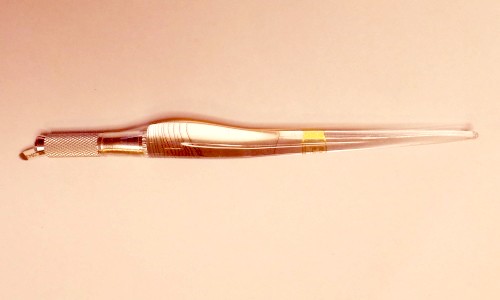
MicroBlading has become the fastest growing segment of the cosmetic tattoo industry and traditional education pathways are being bypassed, this article takes a closer look at the current situation and the implications of back door training programs.
▼ Continue Reading ▼|
MicroBlading is currently the fastest growing segment of the Cosmetic Tattoo industry, the growth in the number of service providers offering this particular treatment over the last 2 years is truly breathtaking. To illustrate this lets take a look at the relative growth in searches that have been performed on Google for 'microblading' vs. the search term 'permanent makeup' which has had a long history of being the commonest search term, our research indicates that searches for microblading now outstrip any other related term by a wide margin.
The growth in search activity parallels the rapid growth in popularity that microblading has enjoyed over the past couple of years with a rapid uptake by those not previously working in the area of permanent makeup/cosmetic tattooing. What is MicroBlading? MicroBlading is simply another form of cosmetic tattooing using a hand tool, you may see it referred to as MicroBlading, Micro-Stroking, Feather Touch, Hair Like Strokes, Eyebrow Embroidery and a variety of other terms. Use of hand tools is the oldest form of tattooing dating back thousands of years, in fact the tattoos that have been discovered on the mummified skin of Ötzi the iceman (who was discovered in the Ötztal Alps in South Tyrol, Italy in 1991)1 are likely to have been created by a method remarkably similar to the modern service of MicroBlading.
Modern methods to perform microblading are remarkably similar utilising a series of very fine needles in rows with varying shapes such as slopes or half circles (often called a U), which together form a kind of small blade. Ötzi's mummified body is believed to be approximately 5,300 years old so modern microblading is not a exactly a new invention it is more a case of using a more precise tool to perform the same kind of tattooing method that was used thousands of years ago. The use of hand tools for tattooing using a tapping or pricking motion had become less popular with the introduction of extremely precise modern
microprocessor controlled digital cosmetic tattoo equipment largely because the modern machines provide precise control over needle depth in comparison to hand tool work which relies upon hand pressure to control the depth. Technicians who continued to use the hand tools continued to experiment and adapted their technique to using a superficial cutting motion to create a very fine incision rather than a tapping motion and they realised that the oldest technique of tattooing actually managed to produce a very fine tattoo line and also provided them a little more control over the needle depth. Another reason why microblading has become so popular is the low barriers to entry, equipment costs are extremely low which is attractive to new entrants to the cosmetic tattoo industry.
You can see from the above that this is the oldest form of tattooing dating back at least 5000 years, in modern times some technicians still continued to use hand tools to perform cosmetic tattooing therefore MicroBlading is not so much an invention but rather an adjustment in use of hand tools back towards the oldest form of tattooing technique. Many of the modern proponents of MicroBlading have their own slant on the hair stroke designs, favourite needle configuration and handles but the underlying technique is more of a rediscovery of an ancient technique rather than a new discovery, and modern manufacturing has also assisted with the availability of extremely fine needle profiles. Education Within the Cosmetic Tattoo Industry Changing Due to the Popularity of MicroBlading The primary purpose of this article is to draw attention to the changes that are taking place, some consider the changes to be a disruption of the industry that is similar to the disruption of the taxi industry by ride sharing services such as Uber4, however others argue that there are safety concerns that also need to be considered carefully. We now have a situation where people with no prior background in cosmetic tattooing are attending 1-2 day demonstration events and being issued certificates that may have no standing/accreditation and further compounded by the lack of formal qualifications possessed by the demonstrator. Sometimes within a few days or weeks some of those people who attended the demonstration events start to offer their own demonstration events and issue their own certificates resulting in a rapid cascade of poorly trained service providers all engaged in skin penetration services.
If a technicians qualifications were examined within a legal forum or via formal inquiry by a regulatory authority below are just some of the questions that may be asked;
The chances are that an insurer would have clauses in their policy document that may enable them to vacate the policy if their policy holder was found to lack a reasonable standard of training or if they breached any health regulations. This could pose a serious problem for both the technician and the client in the event of an adverse outcome because the technician may find that they are wholly liable and the client may find that the technician lacks the financial resources to cover the situation. Not For Profit (NFP) Representative Trade Associations vs. For Profit Publishing & Marketing / Fee For Service Companies In locations where no vocational training course framework guidelines exist for cosmetic tattooing not for profit representative trade associations may serve an important role in certifying instructors and endorsing course content. Equally NFP Representative Trade Associations should look carefully at their evaluation, certification, and endorsement
procedures and ensure that a formal process is followed and documented. Evaluations of trainers and any endorsed course content should only be conducted by senior members with qualifications in training and assessment and most importantly extensive experience in Cosmetic Tattooing. One of the benefits of ensuring that a Cosmetic Tattoo technician has attended a comprehensive course provided by an accredited trainer and assessor is that the appropriate topics related to hygiene for skin penetration services should have been adequately covered. One of the areas of most concern to us is the reuse of hand tools and the lack of comprehension by some of the new service providers regarding the difference between disinfection and sterilisation and which method is appropriate for which circumstance.
Roughened surfaces around collars, threads, needle grooves and ornamental coatings such as diamantes are highly likely to harbour procedural residues and may be difficult to clean adequately enough to guarantee complete sterilisation even after a steam pressure sterilisation cycle. Therefore a MicroBlading hand piece should be considered as an extension of the skin penetration implement requiring disposal after use.
The rationale for disinfection and reuse of handles being provided to attendees of some MicroBlading demonstration classes is that this is the same procedure as routinely occurs with modern mechanical cosmetic tattoo devices, this type of advice underscores a fundamental lack of knowledge on the part of the demonstrator. A modern mechanical hand piece that utilises an
mt.derm-amiea encased cartridge module has a hygiene membrane separation between the hand piece and the actual needle.
Therefore the post procedure disinfection protocols routinely used for mechanical tattoo devices cannot be applied to the use of hand tools because of the differences in cross infection risk profiles. There are 5 important factors that Autoclave cycles rely upon to ensure sterilisation of reusable surgical/skin penetration instruments relevant to this discussion;
Gloving sharps refers to any lapse in procedural practice where a gloved hand comes in direct contact with a sharps implement such as blades or needles, this might occur during a procedure that involves skin penetration due to inadvertent contact or due to inappropriate techniques during or at the end of a procedure. This includes actions such as deliberately touching a gloved hand with sharps or manually removing needles or blades from an instrument. It is important to keep in mind that surgical gloves are simply a hygiene barrier they do not offer protection against sharps injuries. Gloving sharps may be a breach of your health and safety regulations pertaining to safe usage, handling and disposal of used sharps 9,10,11,12,13,14,15,16,17.
Using the backs of gloved hands for pigment/anaesthetic dipping or manually removing a used needle from a hand piece poses an unacceptable risk of sharps injury. If You are a Client Considering Undergoing Eyebrow MicroBlading what are Some of the Initial Questions Should You Ask? It is natural that the first thing that comes to mind when a person is considering any form of cosmetic service is what will the result look like and does the technician perform nice work?
Whichever method you prefer, using modern microprocessor controlled digital equipment or the modern microblading techniques exceptional results may be achieved by a skilled technician. MicroBlading is a useful additional skill set for cosmetic tattoo technicians however safety must come first, the rapid propagation of MicroBlading services may be a disruptor of the Cosmetic Tattoo industry but it must also be subject to the same educational standards and hygiene requirements as would be provided in any other initial commencement course in skin penetration/cosmetic tattoo and be provided by a person who is accredited in vocational training and assessment or at the very least endorsed by a not for profit representative trade association. References
Date of most recent revision:
02/02/2016 (mutatis mutandis) Copyright © 2016 CTshop.com.au & the article author All Rights Reserved. No copying, transmission or reproduction of site content is permitted without our prior written consent.
Printing Restriction: This article is print disabled, please read our Intellectual Property & Copyright Policies if you would like to request a copy or permission to use the article content for any purpose. |
Main Menu
- Eyeliner Tattooing vs Dry Eye
- MicroBlading - First Things First
- Cosmetic Tattoo Training Standards
- Carcinomas in Tattoos a Statistical Anomaly
- Lash or Brow Growth Enhancing Serums & Tattooing
- What Influences the Colour of a Cosmetic Tattoo?
- Hygiene Protocols Update : Surface Cleaning Wipes
- Preventing & Managing Disputes
- Warm vs Cool Colours
- Age of The Alpha Metrosexual
- Who Will Buy a Poorly Iced Cake?
- Australia now has a Board Certified MicroPigmentation Instructor
- Robot Tattooists?
- Postcards From Birmingham
- The SCAPP Scale - Personalising the Micropigmentation Service
- How to Choose Your PMU Artist
- Scalp MicroPigmentation - More Than Just Ugly Scars?
- Permanent Eyeliner - Avoiding Complications
- Personal Protective Equipment - Are You Covered?
- 3D Nipple Tattooing a New Service?
- Why Do Cosmetic Tattoos Change Colour? - (Part 1)
- Why Do Cosmetic Tattoos Change Colour? - (Part 2)
- Smart Tattoos Are They The Future?
- Presentation: Adding Cosmetic Tattoo to Your Salon
- Cell Phone Vibrating Tattoos
- UK Survey - One Third Regret Their Body Art Tattoo
- Collaborating & Consulting with Dr. Linda Dixon
- Stem Cell Research - Inside the Lab
- When Marketing Via News Media Goes Wrong
- Client Pre-Treatment Screening Questionnaire
- Permanent Makeup Google Search Trends
- Potential Causes of Nosocomial Type Infections in the Salon-Clinic Setting
- Topical Anaesthetics & Cosmetic Procedures
- Introduction to the Fundamentals of Colour Perception
- Clients With Unexplained Loss of Outer Eyebrow Hair
- Hyperpigmentary Skin Conditions & Cosmetic Tattooing
- Cosmetic Tattooing & MRI’s - Diametric Particle Agitation Hypothesis (DPA)
Site News Selection
Educational Article Selection
Regulatory Article Selection
Client Case Studies Selection
Science Library Selection
Complete regrowth of hair following scalp tattooing in a patient with alopecia universalis
31/01/2023
Atypical Intraepidermal Melanocytic Proliferation Masked by a Tattoo: Implications for Tattoo Artist
20/09/2018
Chemical conjunctivitis and diffuse lamellar keratitis after removal of eyelash extensions
26/08/2018
Scarless Breast Reconstruction: Indications and Techniques for Optimizing Aesthetic Outcomes
07/04/2018
High speed ink aggregates are ejected from tattoos during Q‐switched Nd:YAG laser treatments
28/03/2018
Unveiling skin macrophage dynamics explains both tattoo persistence and strenuous removal
08/03/2018
Granulomatous Tattoo reaction with Associated Uveitis successfully treated with methotrexate
08/02/2018
Identification of organic pigments in tattoo inks & permanent make-up using laser mass spectrometry
07/02/2018
Microbiological survey of commercial tattoo and permanent makeup inks available in the United States
03/02/2018

